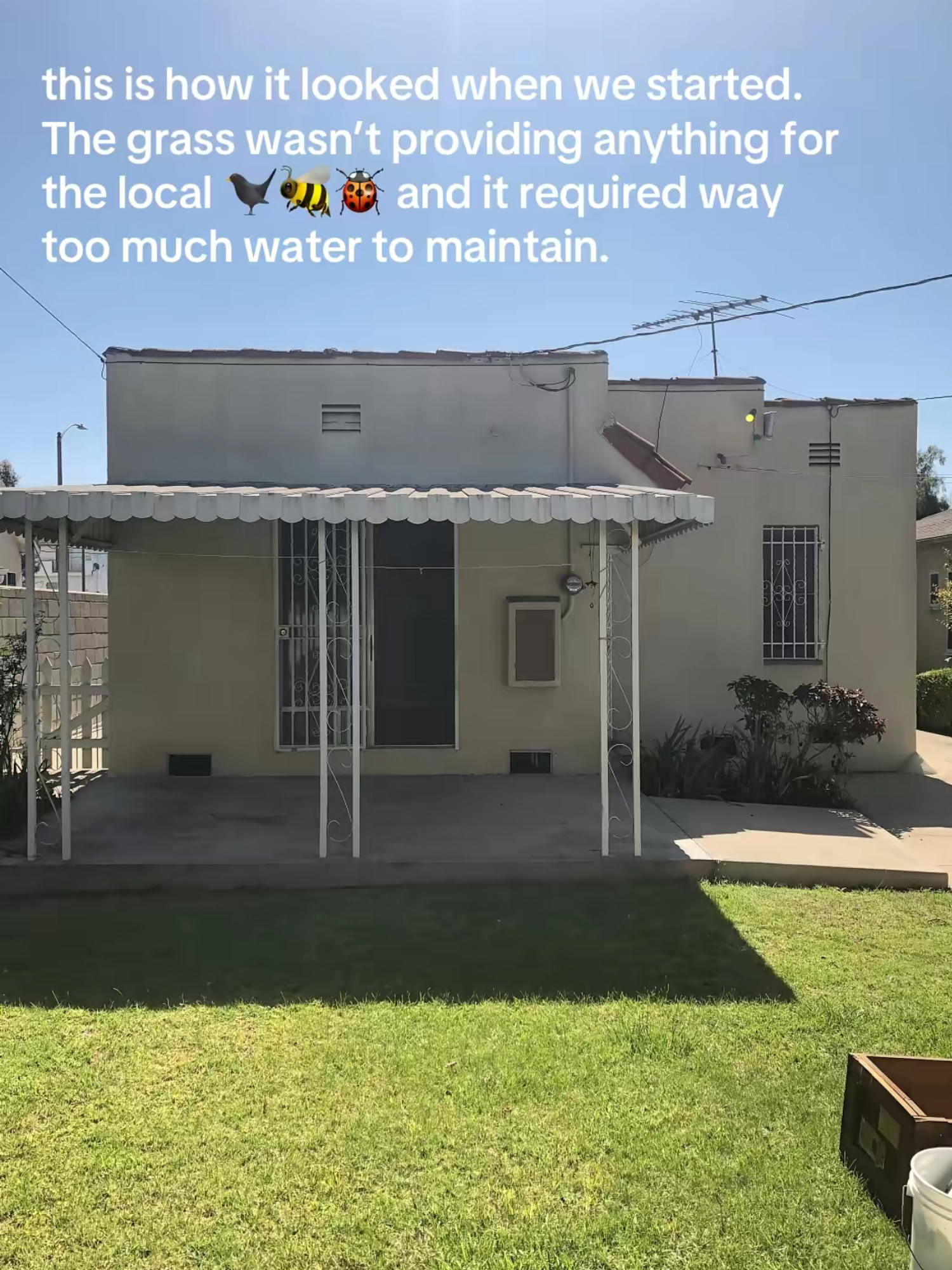Homeless people aren't safe sleeping on streets. That's why these 'parasitic pods' are so fantastic.
Every person deserves a warm, dry place to rest their head.
These may look like something you'd spot in an urban design magazine for rich people:
Illustration courtesy of James Furzer.
But looks can be deceiving.
At first glance, it's not exactly clear what they are, right? Maybe a few fancy extensions on homes for the wealthy? A new public art project? Greenhouses for millionaires who grow their own kale?
Nope, nope, and definitely not.
These design concepts are intended to help some of London's most vulnerable: its homeless people.
James Furzer — an architectural technician studying his craft at the University of Greenwich — created these award-winning "parasitic sleeping pods." And while "parasitic" isn't exactly a word with positive connotations, they're actually pretty cool. The pods can be attached to any building to provide a safe space for users to rest their head.
Check these things out!
Illustration courtesy of James Furzer.
Accessible by ladder, they would be lightweight, modular, and a safer place to stay than the street, Furzer told Upworthy.
Illustration courtesy of James Furzer.
He was inspired to design the pods for a simple reason: Homeless people are people, too.
"I feel it is the duty of us as humans to be compassionate to others in need and not treat them as vermin," he said.
"The homeless community needs to be given a safe, warm, dry space to stay."
Illustration courtesy of James Furzer.
His innovative designs aren't just cool to look at — they would help solve a serious problem.
While the pods themselves won't fight homelessness, they would help protect London's homeless from both inclement weather and street violence.
Research found homeless people in the U.K. are 13 times more likely to experience violence than people who aren't homeless. They're also more at-risk of becoming victims of theft, sexual assault, and property damage. The pods would help protect users from anyone out to harm them.
The hope would be for charities focused on fighting homelessness to monitor the pods so users could enter and exit safely, according to Furzer. Ideally, the same organizations would also provide upkeep of the pods, so they'd remain clean and habitable.
The pods are Furzer's response to an influx of public spaces that are designed to shoo homeless people away.
"Recently there has been a rise in 'hostile architecture' across London," he explained, noting the "anti-homeless spikes" (which I wrote about last week) that aim to keep homeless people from resting around town.
"These are implemented as a deterrent to the homeless, not aimed at helping."
These are an example of anti-homeless spikes. Aren't they nice? *shaking head* Photo by Space, Not Spikes.
Alas, for now, Furzer's pods live only on paper.
The designs face a few uphill battles before becoming a reality, he explained.
For one, Furzer would need to get funding for a prototype. He would also need to overcome other barriers — like political roadblocks and finding appropriate locations — not to mention the possibility of adverse reactions from the public.
But even if the designs only stay at the idea level, Furzer feels his work can make a difference.
"If my concept can help engage a shift in the mindset of the public towards the homeless," he said, "then I feel it is a success."





 This is a teacher who cares.
This is a teacher who cares.  Halloween costume, check.
Halloween costume, check.  Wealth Inequality is a rampant problem.
Photo by
Wealth Inequality is a rampant problem.
Photo by  Summer Fall GIF by Mark Rober
Summer Fall GIF by Mark Rober Raining Stick Figure GIF by State Champs
Raining Stick Figure GIF by State Champs Where we started.
Where we started. Paradise in the backyard
Paradise in the backyard Welcome to Whelan Design House.
Welcome to Whelan Design House. Beauty is possible!
Beauty is possible! Dads are gonna be dads.
Dads are gonna be dads.